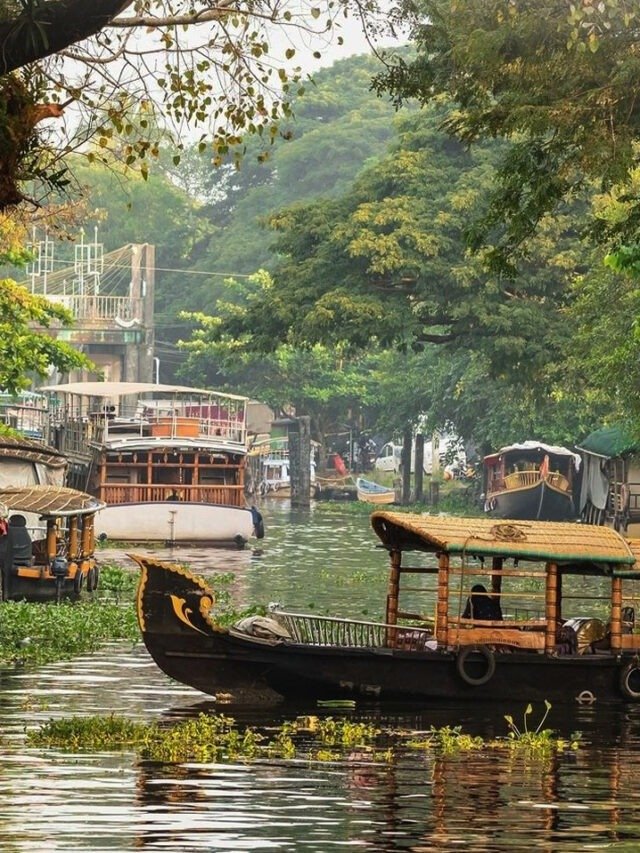ITANAGAR, Aug 31: In a wooden house on the misty slopes of Taksing village in Upper Subansiri district of Arunachal Pradesh, 72-year-old Chakiap Bai leans forward and hums a lullaby in Nah, a language spoken by barely a few hundred people.
His granddaughter listens with curiosity, but when asked to repeat the lines, she replies in Hindi.
Tribal elders in remote villages of the northeastern state fear their ancestral songs and stories may vanish forever as children increasingly abandon their mother tongues.
“That is my biggest fear. Our children understand Na, but they do not speak it. If they stop speaking, the songs of our ancestors will fall silent,” he said.
Home to more than 40 languages and over 100 dialects, the state is one of India’s richest linguistic landscapes. Yet many of its tongues are teetering on the brink of extinction.
The Nah people, with a population of little over a thousand as per the 2011 Census, live in Upper Subansiri district. Their language, Na, belongs to the Sino-Tibetan family and is closely related to Tagin. Efforts to preserve it include language competitions and pictorial glossaries, but speakers like Bai remain anxious.
In West Kameng’s Singchung area, 65-year-old Bugun woman Sarita Phinya still recalls the wedding chants she learned as a child.
“We used to sing them for hours during ceremonies. Now, my grandchildren only know Bollywood songs. Sometimes they laugh when I sing in Bugun,” she laments.
Her neighbour, 52-year-old Esnam Phiang, has mobilised local youth with mobile phones to record folk songs, lullabies and folktales from elders.
“We realised that if we don’t record them now, we may never hear them again. Our phones have become our libraries,” he said.
“When my father passed away, he took with him stories in Meyor that I had never learned,” said 52-year-old farmer Dising Meyor of Kaho village in Anjaw district.
“It felt like a whole book was burned,” he added.
Experts underline that such concerns are real.
“Languages like Meyor, Bugun and Nah have fewer than 2,000 speakers between them,” said professor Tana Sworen, senior faculty in history at Rajiv Gandhi University, who is also a member of UGC and Sahitya Akademi.
“Without conscious effort from the younger generation, they could vanish in a few decades. Our learning process does not provide education in mother tongues. Every week, a child is losing approximately 10 words because they are not using their own language at home for communication,” he warned.
Sworen has called for the establishment of a State Council for Vernacular Language Research and Training, modelled on the State Council for Education Research and Training.
“Under the National Education Policy, the government has given stress to imparting mother tongues in the states. The state government can pass legislation in this regard for conservation and propagation of our dying languages,” he said, adding that “tribal vernacular is facing a threat and the time has come to ponder seriously in this direction”.
Communities across the state are experimenting with revival initiatives.
In Nafra, parents are reviving bedtime storytelling in Sartang. In Kibithoo, village schools have introduced ‘language days’ where children must greet and converse in Meyor.
Deputy Director of Research Bulton Dutta said UNESCO has listed 34 of the state’s languages in varying categories of endangerment.
“Linguistic expert from London, Robert Blench, who was in the state recently, said that the UNESCO report is based on statistics but not on a ground survey for which the number of endangered languages in the state may vary,” he noted.
Dutta added that there are 73 spoken languages in Arunachal as per the Research Department’s records.
“We have already conducted a linguistic survey in the state last year and forwarded it to the government with recommendations for taking necessary actions in this regard,” he said.
Deputy Chief Minister Chowna Mein, who holds the Finance, Planning and Investment portfolios, said the state government is committed to language preservation.
“Our government is committed to the preservation and propagation of tribal languages and has already provided budgetary allocation in this regard,” he said.
Mein said that third languages have been introduced in schools across districts to foster love for mother tongues.
“We are also putting efforts into documenting the culture and oral traditions of the tribes rigorously. We will document the oral traditions of the state tribes with due consultations with research and other departments and will soon constitute a committee with a long-term vision for preservation and propagation of dying languages in the state,” he said.
Despite official support, challenges remain. With English and Hindi dominating classrooms and digital media reshaping entertainment even in remote villages, younger generations often shy away from their ancestral tongues.
For elders like Bai, Phinya and Meyor, the struggle is not just linguistic but existential. (PTI)












